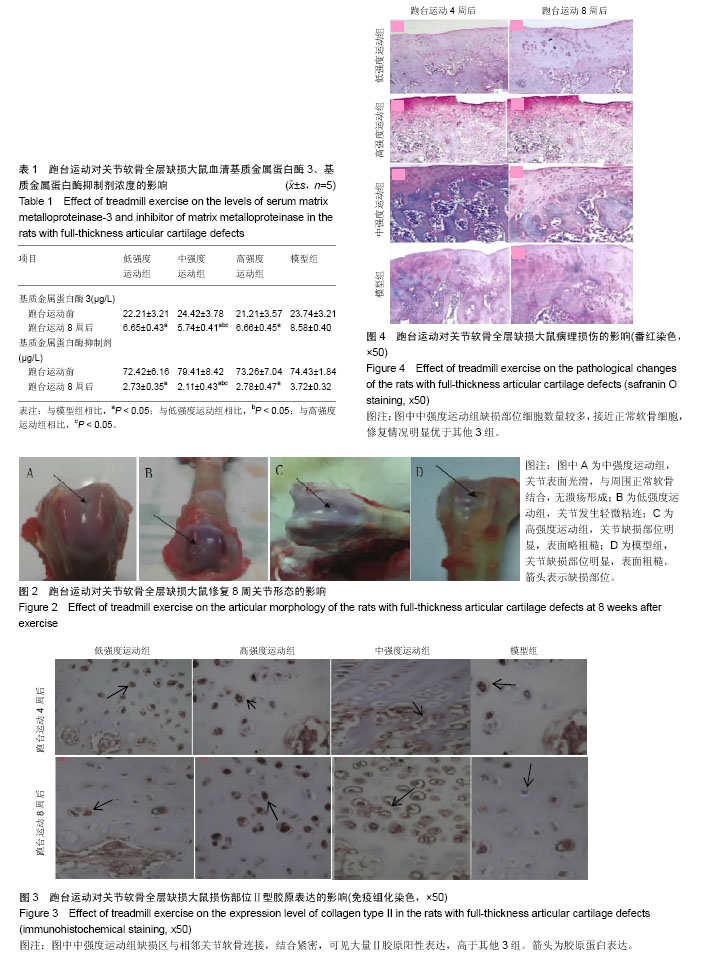| [1] 霍爱华,于彤,孙记航,等.宝石能谱CT在儿童脊柱侧弯术后CT影像中去除金属植入物伪影的应用[J].临床放射学杂志, 2013, 32(8):1180-1183.[2] 付卫光,丁军,张宝,等.多排螺旋CT去金属伪影技术在骨科内固定中的应用[J].中国实验诊断学,2012,16(3):488-489.[3] 陈财忠,李韧晨,张澍杰,等.去金属伪影序列在脊柱金属植入物患者MR成像中的应用[J].中华放射学杂志,2014,48(4):320-323.[4] Pezzotti G, Yamamoto K. Artificial hip joints: The biomaterials challenge. J Mech Behav Biomed Mater. 2014;31:3-20. [5] 蓝博文,周玉祥,黎昕,等.管径因素对冠状动脉支架CTA成像影响分析[J].中国CT和MRI杂志,2012,10(4):40-42.[6] 宣伟玲,赵凯宇,刘淼.宝石能谱CT在去除常见CT图像伪影中的应用[J].中国医疗设备,2013,28(1):157-158.[7] Russo V, Young S, Hamilton A, et al. Mesenchymal stem cell delivery strategies to promote cardiac regeneration following ischemic injury. Biomaterials. 2014;35(13): 3956-3974. [8] Leto Barone AA, Khalifian S, Lee WP, et al. Immunomodulatory effects of adipose-derived stem cells: fact or fiction? Biomed Res Int. 2013;2013:383685.[9] 黄钟杰,刘源,肖芝豹,等.宝石CT能谱成像去除脊柱金属植入物伪影的应用研究[J].中国医学计算机成像杂志, 2013,19(1):79-83.[10] 陈敏,徐贤,韩邵军,等.磁共振T2mapping成像对移植软骨的评估价值[J].中国医学科学院学报,2014,36(1):86-91.[11] 冯强,矫玮,郑文伯,等.预防女足运动员严重膝关节韧带损伤的方法初探[J].运动,2014(24):15-16.[12] Theodoropoulos JS, DeCroos AJ, Petrera M, et al. Mechanical stimulation enhances integration in an in vitro model of cartilage repair. Knee Surg Sports Traumatol Arthrosc. 2016;24(6):2055-2064. [13] Ni GX, Liu SY, Lei L, et al. Intensity-dependent effect of treadmill running on knee articular cartilage in a rat model. Biomed Res Int. 2013;2013:172392. [14] 刘宪民,杜明昌,刘松波,等.一期获取自体脂肪干细胞复合可缓释诱导因子支架修复猪膝关节软骨缺损的初步研究[J].中华创伤骨科杂志,2012,14(7):608-613.[15] 李忆农.细胞因子与骨关节炎[J].中华风湿病学杂志, 2000,4(1): 56-58.[16] Knapik DM, Harrison RK, Siston RA, et al. Impact of lesion location on the progression of osteoarthritis in a rat knee model. J Orthop Res. 2015;33(2):237-245. [17] 杜明昌,刘宪民,祖启明,等.自体脂肪干细胞复合不同初始浓度诱导支架修复猪膝关节软骨缺损的初步观察[J].中华临床医师杂志, 2013(6):2523-2527.[18] McNulty AL, Rothfusz NE, Leddy HA, et al. Synovial fluid concentrations and relative potency of interleukin-1 alpha and beta in cartilage and meniscus degradation. J Orthop Res. 2013;31(7):1039-1045. [19] 金丽娟,汪玉海.携带HGF基因的脐带血干细胞异种移植促进烧伤创面修复的实验研究[J].宁夏医学杂志, 2013,35(11):1033-1035.[20] La Rocca G, Lo Iacono M, Corsello T, et al. Human Wharton's jelly mesenchymal stem cells maintain the expression of key immunomodulatory molecules when subjected to osteogenic, adipogenic and chondrogenic differentiation in vitro: new perspectives for cellular therapy. Curr Stem Cell Res Ther. 2013;8(1):100-113.[21] 马洪斌,李运祥,王铭伦.腺病毒携带骨形态发生蛋白14基因转染脂肪干细胞修复损伤关节软骨[J].中国组织工程研究,2015, 19(1): 54-60.[22] 袁虹,张解元,张荣明.BMP-14 转染脂肪来源干细胞后与软骨细胞共培养的实验研究[J].中国修复重建外科杂志, 2012,27(3): 349-353.[23] Baugé C, Girard N, Lhuissier E, et al. Regulation and Role of TGFβ Signaling Pathway in Aging and Osteoarthritis Joints. Aging Dis. 2013;5(6):394-405. [24] 王岩,李德华.骨髓间充质干细胞复合多肽凝胶及成软骨生成因子修复兔关节软骨缺损[J].中国组织工程研究, 2015,19(1): 30-36.[25] Re'em T, Witte F, Willbold E, et al. Simultaneous regeneration of articular cartilage and subchondral bone induced by spatially presented TGF-beta and BMP-4 in a bilayer affinity binding system. Acta Biomater. 2012;8(9):3283-3293. [26] Kim K, Lam J, Lu S, et al. Osteochondral tissue regeneration using a bilayered composite hydrogel with modulating dual growth factor release kinetics in a rabbit model. J Control Release. 2013;168(2):166-178. [27] Lu S, Lam J, Trachtenberg JE, et al. Dual growth factor delivery from bilayered, biodegradable hydrogel composites for spatially-guided osteochondral tissue repair. Biomaterials. 2014;35(31):8829-8839. [28] Guo X, Park H, Young S, et al. Repair of osteochondral defects with biodegradable hydrogel composites encapsulating marrow mesenchymal stem cells in a rabbit model. Acta Biomater. 2010;6(1):39-47. [29] Park H, Temenoff JS, Tabata Y, et al. Effect of dual growth factor delivery on chondrogenic differentiation of rabbit marrow mesenchymal stem cells encapsulated in injectable hydrogel composites. J Biomed Mater Res A. 2009;88(4): 889-897.[30] Miller RE, Grodzinsky AJ, Barrett MF, et al. Effects of the combination of microfracture and self-assembling Peptide filling on the repair of a clinically relevant trochlear defect in an equine model. J Bone Joint Surg Am. 2014;96(19): 1601-1609. [31] Sun X, Li C, Zhuang C, et al. Abl interactor 1 regulates Src-Id1-matrix metalloproteinase 9 axis and is required for invadopodia formation, extracellular matrix degradation and tumor growth of human breast cancer cells. Carcinogenesis. 2009;30(12):2109-2116. [32] Clark ES, Whigham AS, Yarbrough WG, et al. Cortactin is an essential regulator of matrix metalloproteinase secretion and extracellular matrix degradation in invadopodia. Cancer Res. 2007;67(9):4227-4235. [33] Sherief MH, Low SH, Miura M, et al. Matrix metalloproteinase activity in urine of patients with renal cell carcinoma leads to degradation of extracellular matrix proteins: possible use as a screening assay. J Urol. 2003;169(4):1530-1534. [34] Whiteside EJ, Jackson MM, Herington AC, et al. Matrix metalloproteinase-9 and tissue inhibitor of metalloproteinase-3 are key regulators of extracellular matrix degradation by mouse embryos. Biol Reprod. 2001;64(5): 1331-1337. [35] Ishizeki K, Nawa T. Further evidence for secretion of matrix metalloproteinase-1 by Meckel's chondrocytes during degradation of the extracellular matrix. Tissue Cell. 2000; 32(3):207-215. [36] Greenwald RA. Controlling extracellular matrix degradation: is the promised land in sight? Or why I take a matrix metalloproteinase inhibitor every morning. Isr Med Assoc J. 1999;1(4):262-266. [37] Leontovich AA, Zhang J, Shimokawa K, et al. A novel hydra matrix metalloproteinase (HMMP) functions in extracellular matrix degradation, morphogenesis and the maintenance of differentiated cells in the foot process. Development. 2000; 127(4):907-920. [38] Mattana J, Margiloff L, Chaplia L. Oxidation of extracellular matrix modulates susceptibility to degradation by the mesangial matrix metalloproteinase-2. Free Radic Biol Med. 1999;27(3-4):315-321. [39] Shapiro SD. Matrix metalloproteinase degradation of extracellular matrix: biological consequences. Curr Opin Cell Biol. 1998;10(5):602-608. [40] Ohnishi K, Takagi M, Kurokawa Y, et al. Matrix metalloproteinase-mediated extracellular matrix protein degradation in human pulmonary emphysema. Lab Invest. 1998;78(9):1077-1087.[41] 姚兴豹,邰东旭.新止骨增生丸与薰洗方熏蒸联合膝关节镜清理术治疗早中期膝关节骨性关节炎46例临床观察[J].实用中医内科杂志,2014,7(6):97-99.[42] 王晓华.中药联合抗风湿药治疗类风湿性关节炎活动期的临床观察[J].中国卫生标准管理,2015,6(12):106-107. |
.jpg)

.jpg)
.jpg)